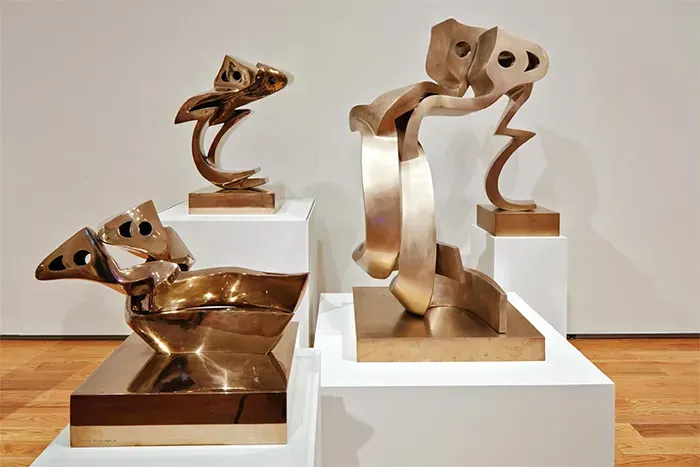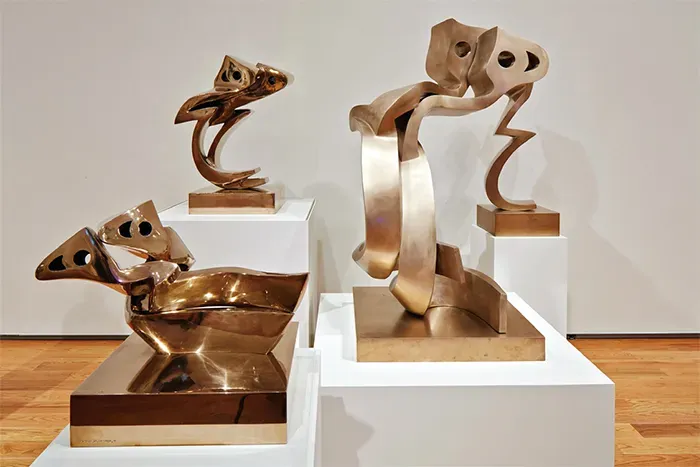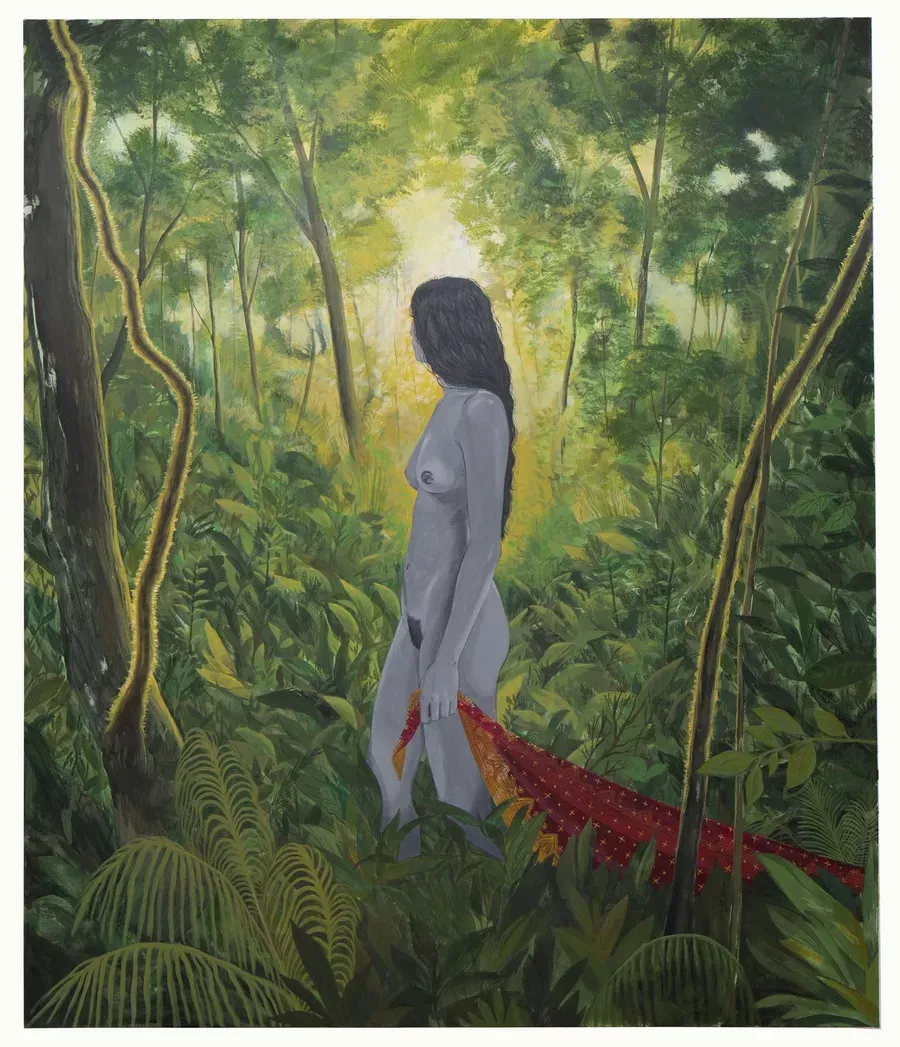
As I was researching about inspiration for this writing and casually asking ChatGPT about what are some of the present trend/tendency in art creation these days. Among the expected answers of socially-activist, anti-institutional, AI-integrated, and more, one stood out to me which seems pretty distinct from the rest of the AI-summarized trend, which is “The return of spirituality and myth-making.” In the midst of vast technological development which unavoidably resulted in a decrease in the power of mythological stories and the belief in “the spirit” overall, the return of spirituality in art seems to suggest its necessity to mankind, and the general desire to transcend beyond materiality and physicality.

One example will be the Iranian sculptor Parviz Tanavoli, also a member of the Iranian Saqqakhaneh artistic movement. His work focuses on folk and spiritual iconography across all religions, similar to how he explores spirituality in all forms of arts. His "Heech" series in 1965, used this Farsi word for “nothingness” to embody “living creatures” that represent "a nothingness that belongs to the realm of spirituality” in sculptural forms. The piece also serves as a sign of protest against the intellectual constraints and commercialism in Iran’s elite art scene.

Pakistani artist Nadia Waheed, who is based in Austin, Texas, also integrates spiritual ideas and symbols, but to examine the themes of womanhood. Her surrealistic paintings, such as Sūnyatā, Kenosis (2020), draw on Buddhist and Christian elements, which you can see from the grey-scale female subject, to explore various concepts of voidness, self-liberation, spiritual evolution, and more.
Other artists, such as Tsoku Maela, Carla Jay Harris, Ann Agee, also bring unique perspectives on mythology, transcendence, and spirituality, their relationship with this materialistic and tech-heavy era, as well as the questioning of not just societal structures but also existential and metaphysical philosophies. Read more at Artsy.

